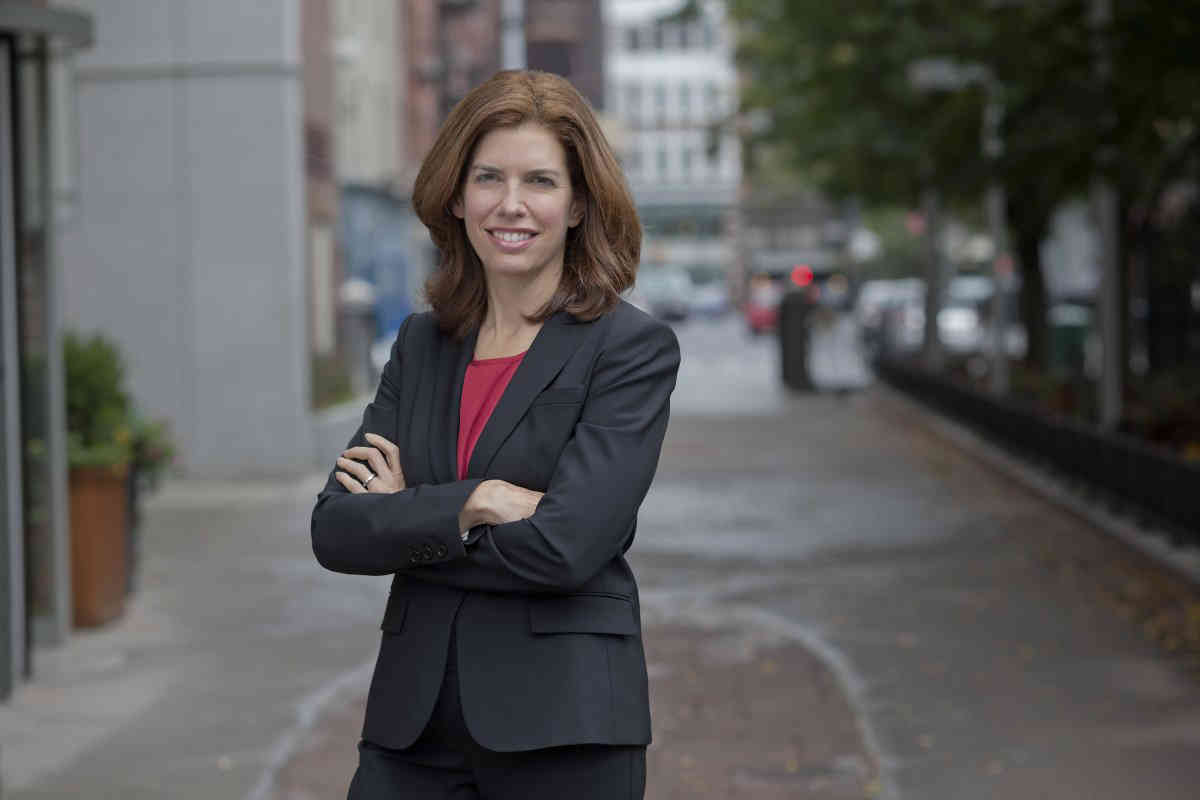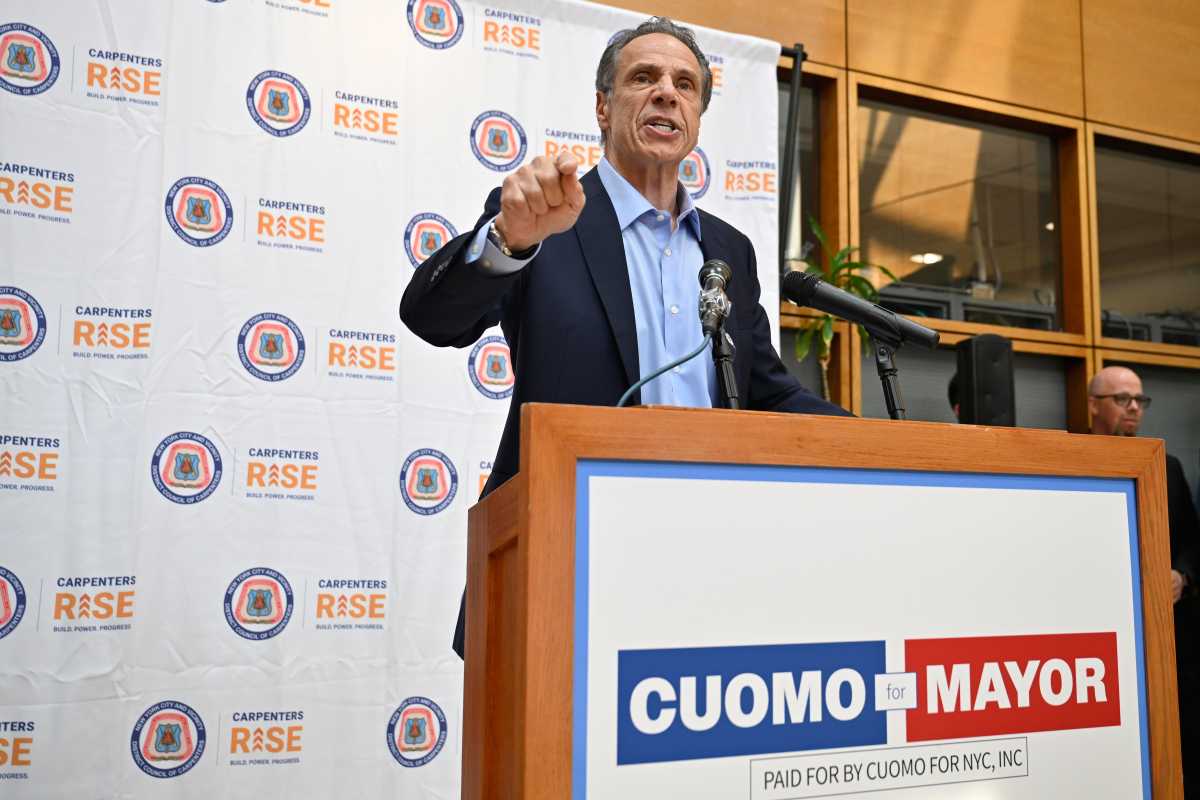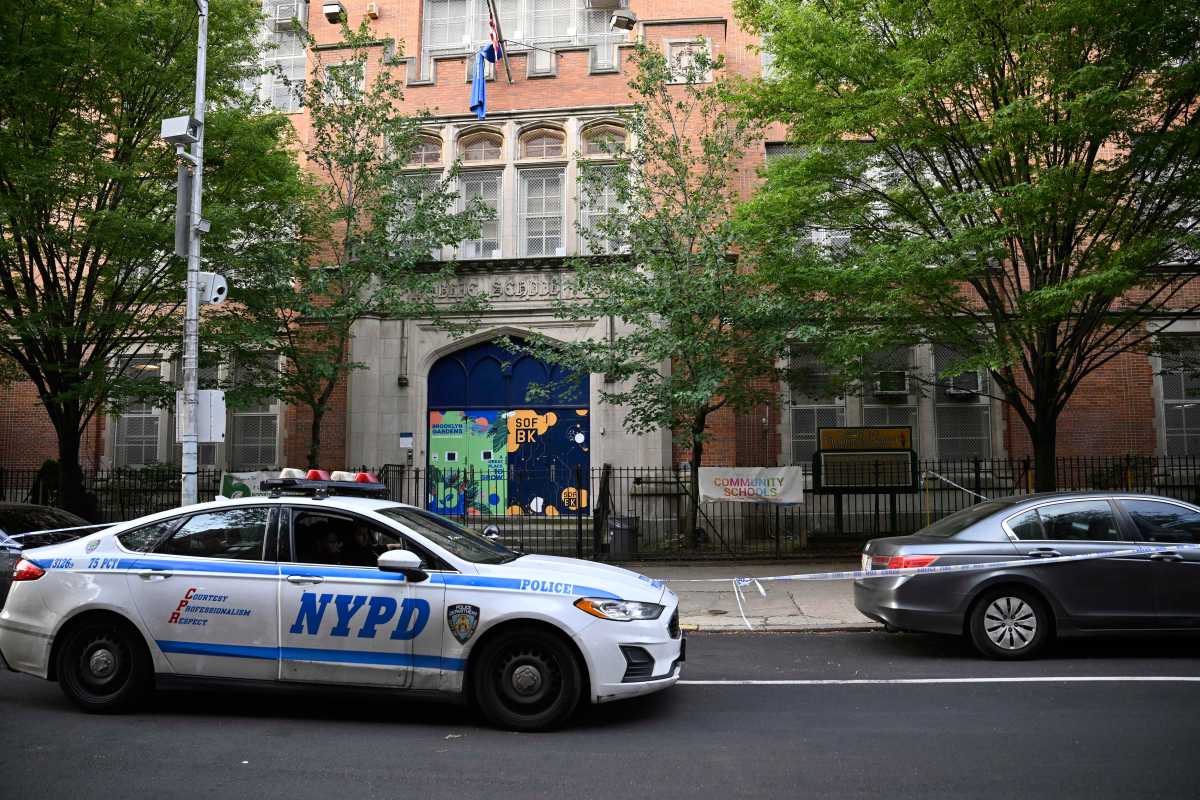The Mayor’s Office for the Census coordinates new and existing efforts among civic, community, labor, faith-based, and all relevant stakeholders to get every New Yorker counted and make certain that New York City gets its fair share following the 2020 Census. Below is information every local should know ahead of the survey, provided by the Mayor’s Office for the Census:
What is the census?
The U.S. Constitution mandates a population count every 10 years of everyone residing in the United States, and the first census was conducted in 1790. The population totals from the 2020 census determine the number of Congressional representatives, and states use these totals to redraw their legislative districts. The federal government also allocates more than $700 billion nationwide based on this decennial data.
What’s at stake?
We are fighting for our fair share of the $700-billion allocation. If we don’t get an accurate head count, we could lose funding for our public schools, senior centers, public housing, Medicaid, roads and bridges, and more!
Is there anything new about the 2020 Census compared to 2010?
For the first time ever, the U.S. Census Bureau is accepting survey responses online and over the phone. We are excited that technology is being incorporated to bring the Census survey into the 21st century. This is also the first Census that will recognize same-sex relationships.
What’s happening with the citizenship question?
For the first time in 70 years, a question has been added by the Trump Administration asking “Are you a U.S. citizen?” The New York City Law Department, along with the New York State attorney general’s office and other states and cities, filed a lawsuit challenging the citizenship question as unlawful. We were very pleased on Jan. 15 that Judge Jesse Furman rendered an opinion, striking down the citizenship question as violating the Administrative Procedures Act. The case is now going to the U.S. Supreme Court and oral arguments will be heard in April. We remain confident that the facts and law are on our side.
How does New York City compare to the rest of the country?
While we lead in many issues, we are far behind when it comes to the Census. In 2010, the initial response rate for New York City was 61.9%, compared to 76% nationwide. We know we can do better than this. We are motivated by the Washington Heights neighborhood that reached a remarkable 78.5%. They made a conscious effort to organize their community around the Census and achieve a high response rate.
What does the Census timeline look like?
In mid-March 2020, every household will receive a notice in the mail to fill out the Census survey. There are additional notices after that, and if a household does not respond after several attempts, the Census Bureau will send door-knockers in May to visit individual households to collect the data. Our goal is to encourage self-response as early as possible.
Julie Menin is the director of the Mayor’s Office for the Census.

























